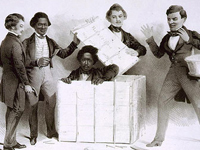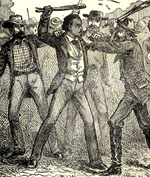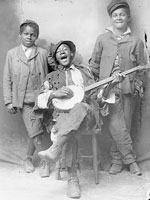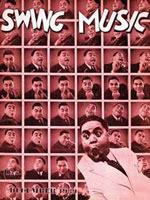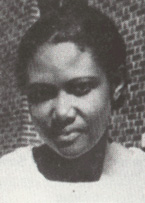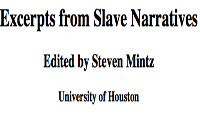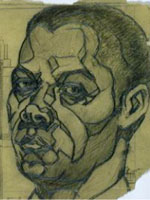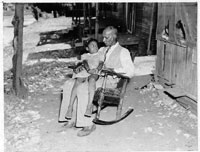Paul Laurence Dunbar Digital Collection
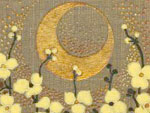
Paul Laurence Dunbar, born in 1872 in Dayton, OH, to a former slave and a veteran of the 55th Massachusetts Volunteers, was a poet and novelist known for his innovative use of dialect and colorful language, and is widely-recognized as the first African American poet to gain widespread international attention. This website makes available more than 200 of his poems, transcribed, listed alphabetically by title, and keyword searchable.
It also presents a fully browseable collection of more than 10 of his books, ranging in date from Oak and Ivy (1893) through Joggin' Erlong (1906,) and also including Lyrics of Lowly Life (1896), which includes the famous "Ode to Ethiopia," for which he gained national recognition. The website also contains the sheet music and transcribed libretto for three songs for which Dunbar wrote the words.
These works are accompanied by a selection of 11 photographs of Dunbar, his friends, and family, as well as 20 images of the covers of his books.
